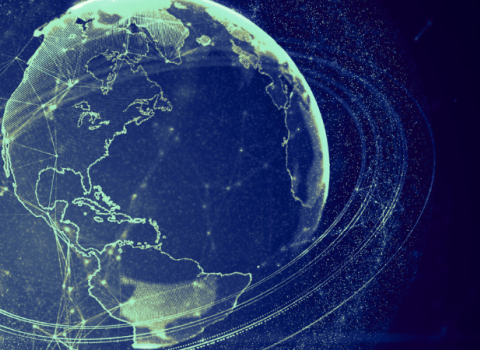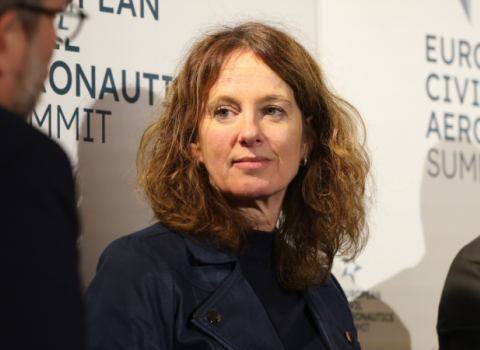After some 16 years in gestation, the €7.5 billion EU Copernicus programme has sent the first of a constellation of satellites known as the Sentinels into space. These will be keeping watch on the earth, observing ships which dump oil in Europe’s seas, tracking the contributors to air pollution and helping coordinate rescue efforts after natural disasters like flooding.
All the data and images captured by the satellites will be free for anyone to use. The unfettered access will stimulate the birth of IT start-ups that will dream up mobile phone apps utilising the data in a myriad of ways, believes the head of planning and coordination for Copernicus, Josef Aschbacher.
The precedent is the Landsat satellite observation programme in the US. However, the Sentinels are aiming for even more coverage and higher resolutions. Amongst the possibilities for commercial products are flood forecasting models, iceberg mapping systems and enhanced weather prediction models.
“Sentinel data can lead to many applications, from agriculture to oceanography,” Aschbacher told Science|Business. “The European Maritime Agency, for example, will use our data to monitor oil spills in Europe’s coastal areas. I was surprised myself to learn that there are one or two oil spills a day in our waters. Once an oil spill is discovered by our satellite sensors, the coast guard can be informed.”
Another example is flooding. “We want to support rescue teams on the ground but classical satellites cannot see through dense cloud,” says Aschbacher. The first Copernicus satellite, Sentinel-1, has already sent back images demonstrating that its radar instrument can penetrate clouds. “Better information on disasters can save money and possibly lives. Our data can point rescue teams to areas of risk, or help map flooded areas afterwards as part of damage assessment,” Aschbacher says. The Sentinels can also help ships spot icebergs, avoiding potential disasters at sea.
Commercial returns
One reason it took Copernicus so long to get off the drawing board was the concern that this was a high risk venture with few practical returns. “To ensure Copernicus was useful, we hired independent consultants to look at the socio-economic impact. Studies found that for every €1 invested, there’s a return of €10,” Aschbacher said.
These new jobs will mostly be created in IT. “We will be spreading a very new type of information onto the market. We will have a free and open data policy. It will be available for everyone,” Aschbacher noted.
On the ground, the Copernicus project has invested in large computer storage and processing facilities. “We expect to receive something up to 2.5 terabytes of raw data per day. We expect lots of new start-ups will be able to hang on the data. They will be able to build new applications where once it was not economically feasible for them,” Aschbacher claims.
The first satellite, Sentinel 1a, was launched on 3 April this year. Two copies of the first three Sentinels will fly at any one time. Altogether, there will be six families. Each family will have its own group of satellites. The first satellites in the Sentinel 2 and 3 series are well advanced and are due to be launched next year, while Sentinel 4, 5 and 6 will go up later this decade.
The industry contracts for the first fleet of satellites are complete, but it is expected that companies involved in the space industry will be invited to tender for future roll-outs next year. Additional contracts will be needed for work related to operations on the ground, for example the production of image products, and data dissemination and archiving systems.
Copernicus was more than a decade in gestation and, Aschbacher says, “It cost me a lot of grey hairs. It took a long time to take off – some 16 years between concept and first flight. In that time it was sometimes frustrating but often rewarding.”
It took around five years for the user community to get organised and tell the project directors what they needed. In 2005, the first proposal to build the satellites went through. In 2008, the European Commission contributed money to help fund Sentinel development. “This was major – the key step,” Aschbacher says. “Today, we are in a really good shape for funding and planning.”
More on the Copernicus programme and the European Space Agency, here.See images from Sentinel 1a here.




 A unique international forum for public research organisations and companies to connect their external engagement with strategic interests around their R&D system.
A unique international forum for public research organisations and companies to connect their external engagement with strategic interests around their R&D system.